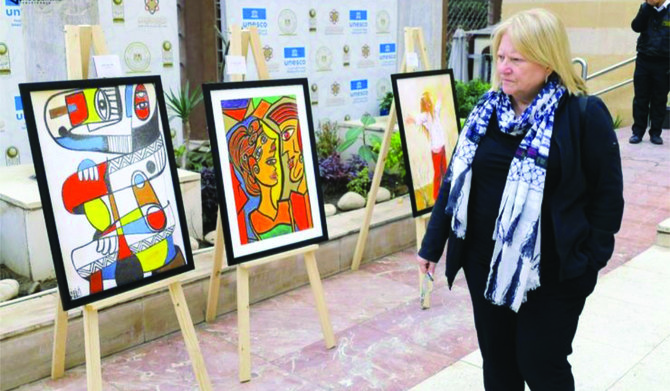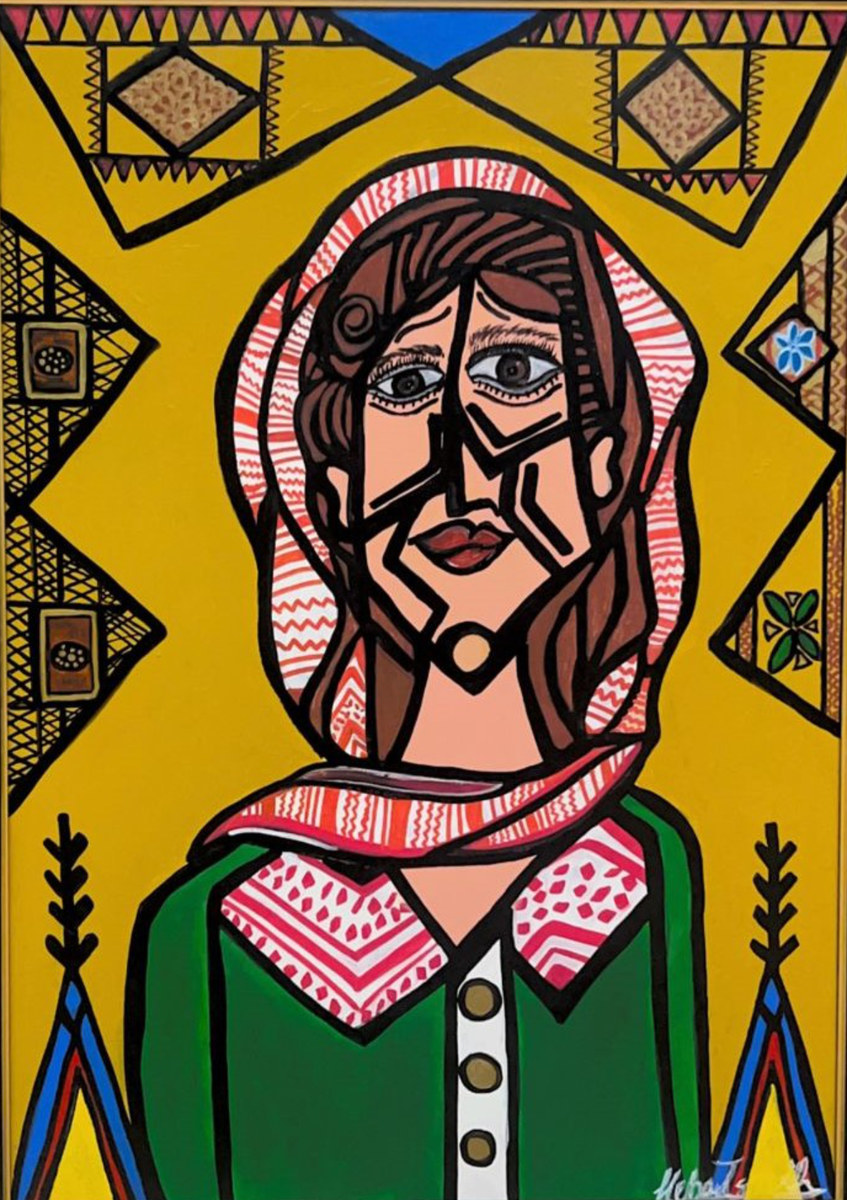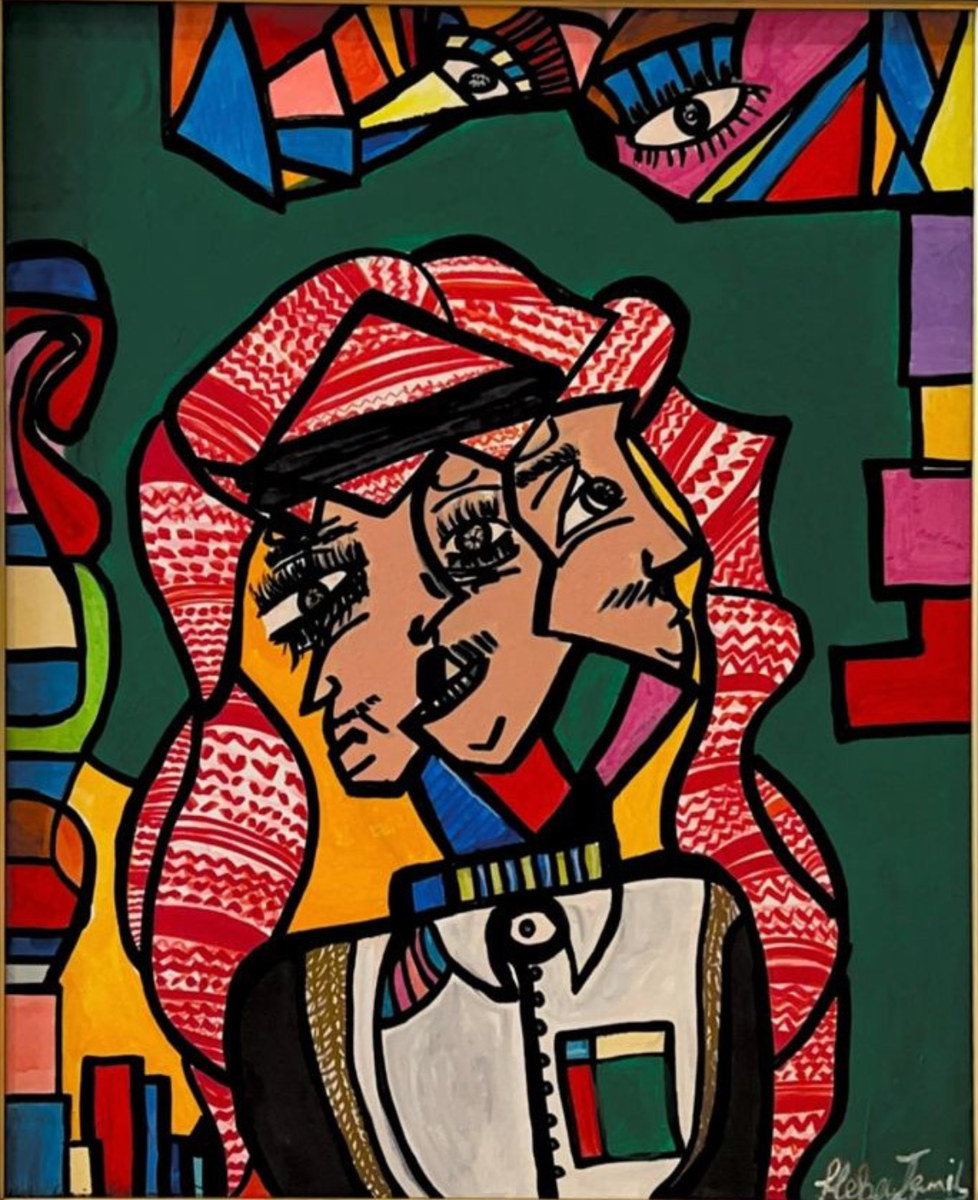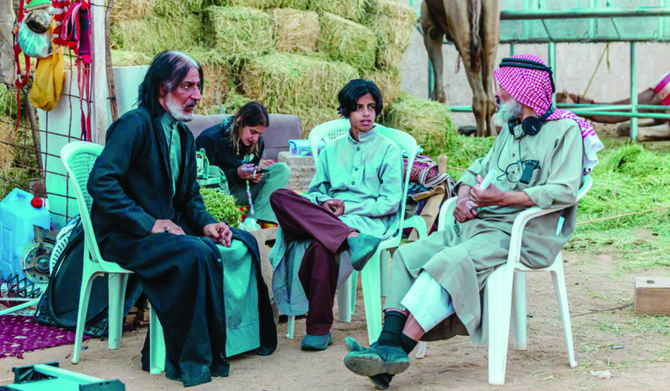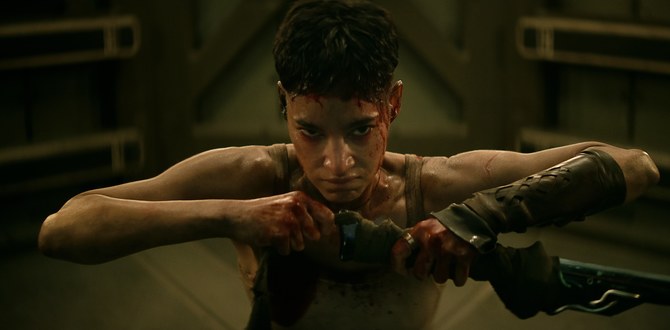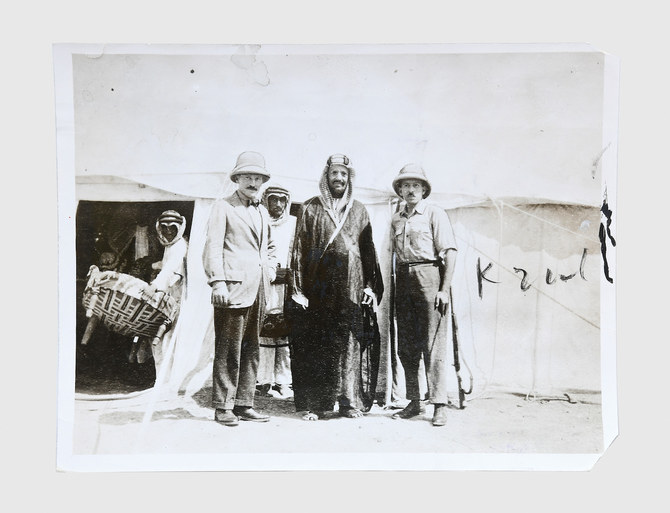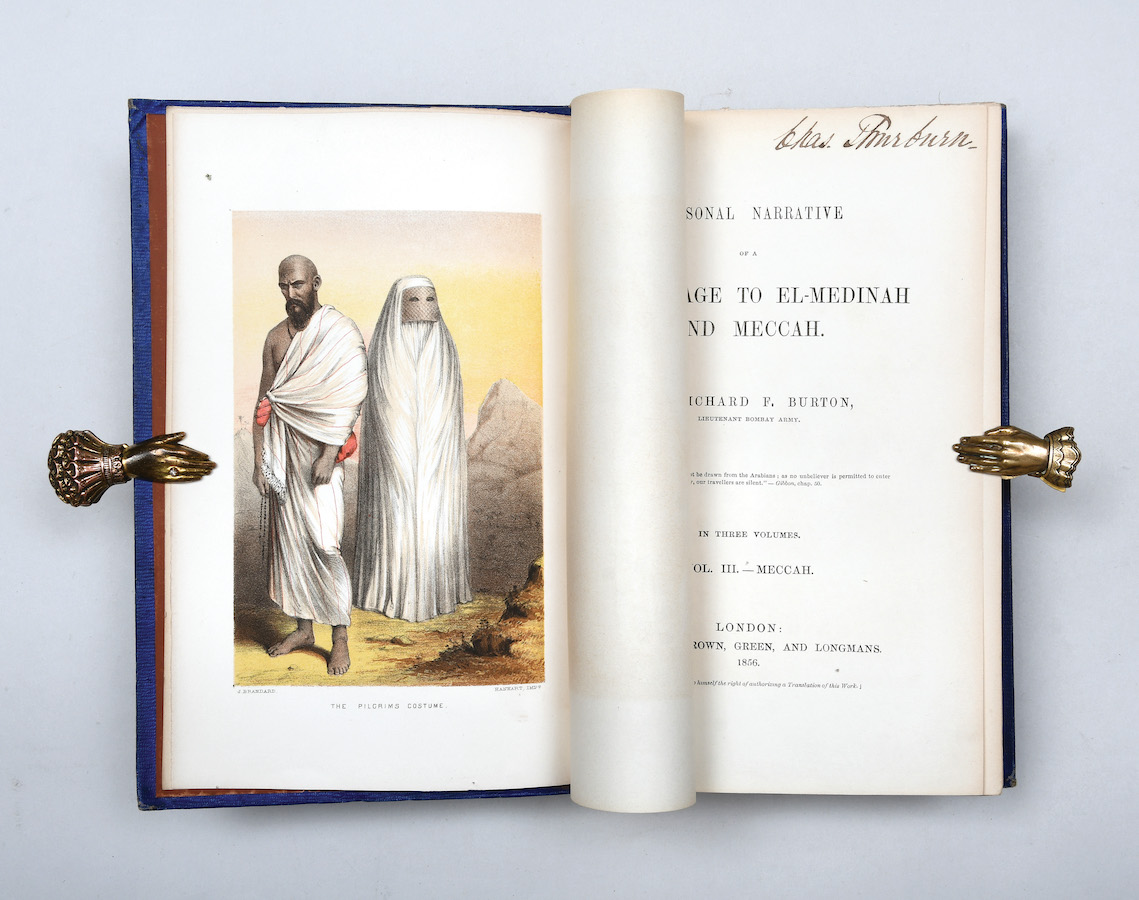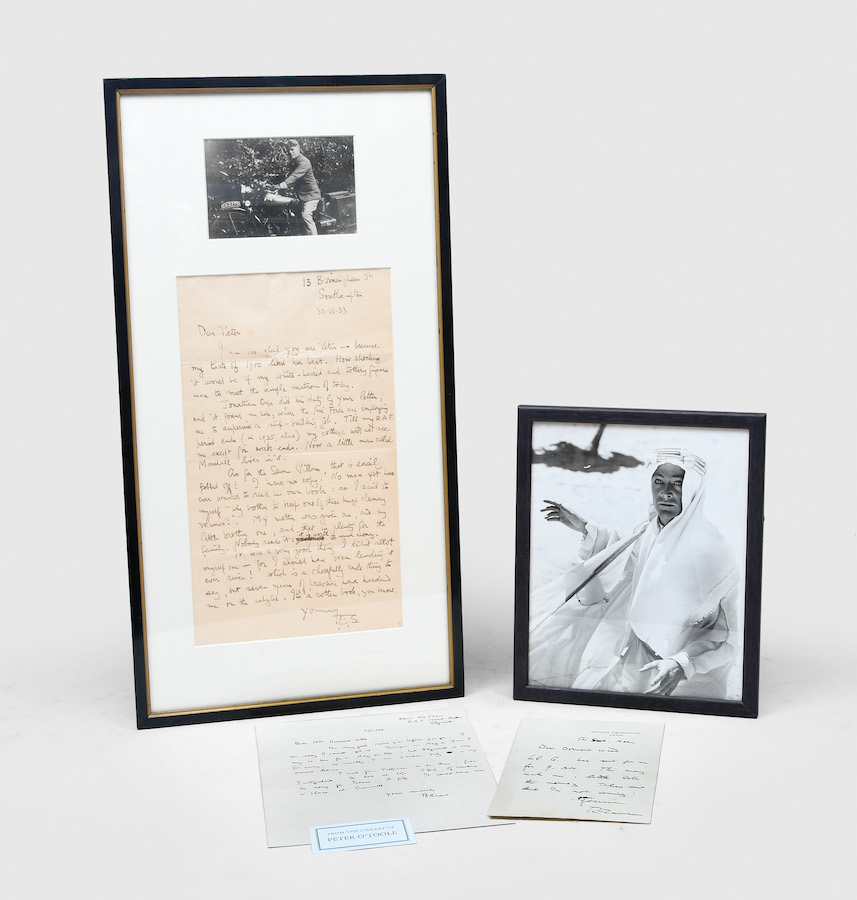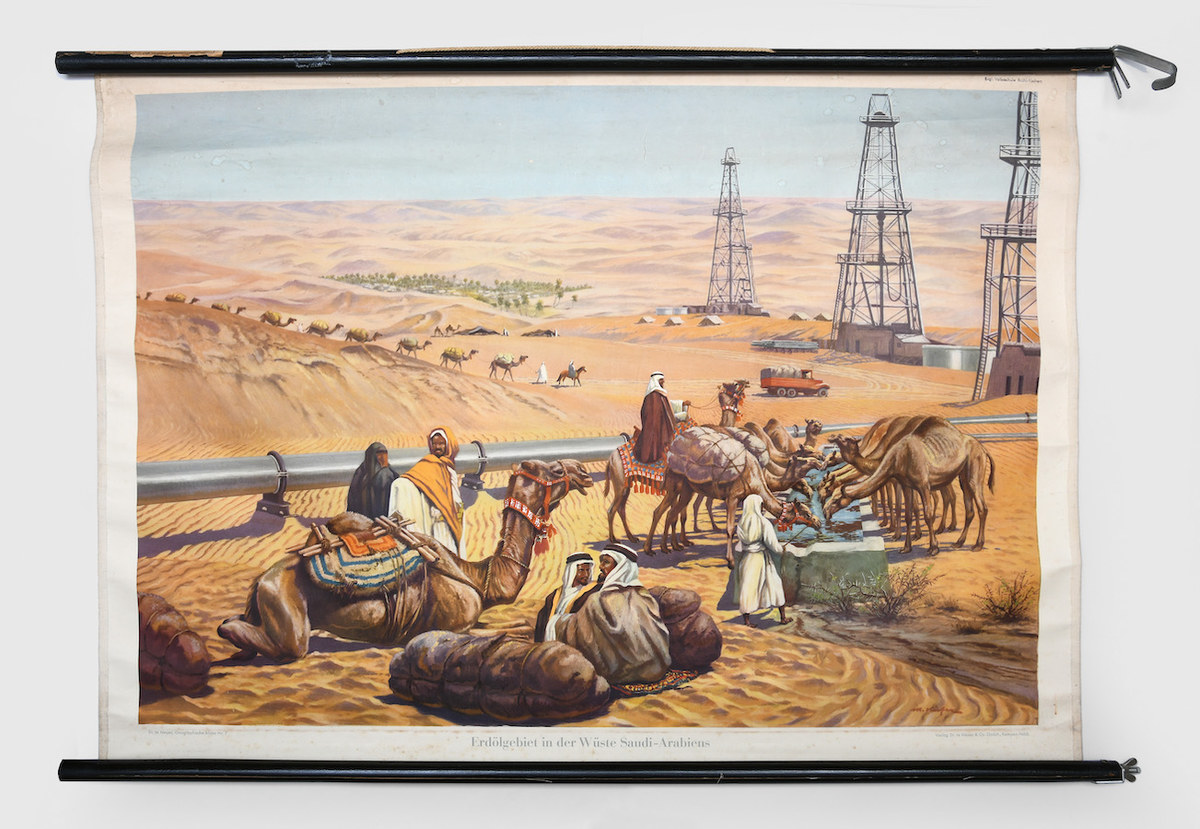MALMO: Cairo-born writer-director Ahmed Amer is a creative powerhouse. His triumphant debut feature “Kiss Me Not” is still showing to cinema audiences while he perfects two new scripts and dreams up fresh ideas for his next turn behind the camera.
Amer, 42, is affable, engaging company, speaking with Arab News on the sidelines of the Malmo Arab Film Festival where “Kiss Me Not” is among the headline features. Modest and sincere, the former investment banker’s quiet charisma is evident as he explains how he went from big business to the silver screen.
“The only reason I didn’t go into movies from the beginning is because I come from a very traditional, bourgeois Egyptian family, and the idea of working in film or theater was not an option professionally,” Amer said of his childhood in the plush Cairo suburb of Dokki where his father worked in engineering and real estate. “I always had the passion. I had some kids’ stories published when I was a child, but I never thought of it as a profession. It was something I did for love.”
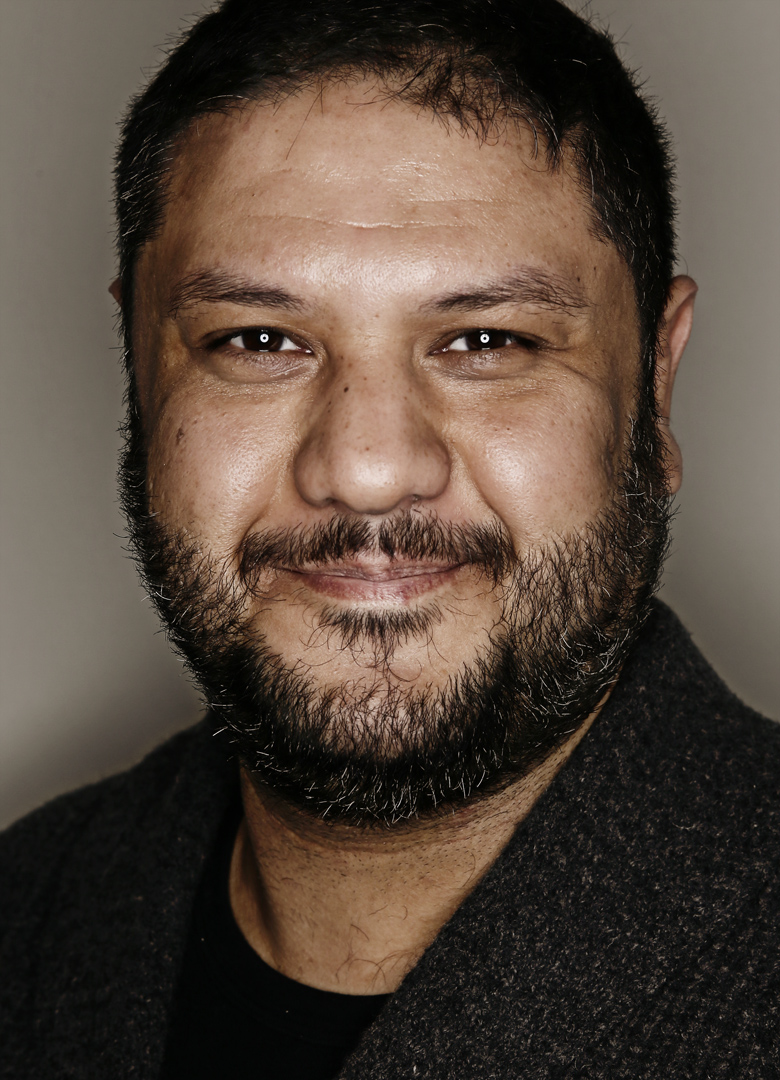
Ahmed Amer. (Image Supplied)
Yet that love proved impossible to ignore as he said goodbye to a steady paycheck from Citi bank, where he worked for six years after graduating from university in engineering, to move to New York aged 26.
“My family were very accepting, because they thought I would just try for a year and it was something I needed to get out of my system,” said Amer. “I decided that if I didn’t try to become a filmmaker now, it would never happen. I was a bit scared, because I was going into the unknown.”
He arrived in the United States in 2003, where he studied filmmaking and scriptwriting as well as working as an assistant editor. He also acted in several films.
“I was lucky because, at that time in New York, there were a lot of TV shows and documentaries about the Arab world and they always wanted someone who spoke Arabic, which was my key through the door,” said Amer.
He wrote and directed his 2005 short “A Good Family,” which explored the difficulties an immigrant Arab family faces in adapting to a more liberal society. Other notable work followed, including co-organizing the Arab American Comedy Festival. He remained Stateside until 2011, when he returned home.
“I realized that even though I’d lived in New York for a long time and had a very good understanding of the society, Arabic is my mother tongue and I’d always be the immigrant there,” said Amer. “I didn’t want to become a director that only makes films about Arabs living somewhere else. I wanted to explore other stories and other worlds, so I started writing films. Most of my stories are based in Egypt or are about Egyptian characters, because that’s where I was born. That’s why I went back.”
Fast-forward to today and he’s now an established writer and director, with “Kiss Me Not” exploring the growing prohibition of kissing in Egyptian film. While once a mainstay of commercial cinema, on-screen kissing has become increasingly rare, reflecting the steadily more conservative sensibilities of Egyptian society.
“The kiss is not just a kiss. It represents the idea of what’s allowed and what’s taboo,” said Amer. “What wasn’t taboo before is now. I tried to explore this in a funny, even over-the-top way.”
The plots centers around young starlet Fakr (Yasmine Raeis), who abruptly refuses to kiss on-screen, wrecking the climactic scene of fledgling director Tamer’s (Mohamed Mahran) debut movie.

A still from 'Kiss Me Not'. (Image Supplied)
Tamer’s forlorn efforts to persuade his newly devout star to go through with the kiss are recorded by a fellow film-school student who’s shooting his own documentary about the production. This film-within-a-film structure enabled Amer to include archive footage of kissing scenes from revered Egyptian films of old.
“A lot of actors personally have no issue (with kissing on screen), but they are worried about losing the conservative audience,” said Amer. “It’s sad to see filmmakers and actors acting as censors. I personally believe that people who work in art have to push the boundaries little-by-little.”
Amer also co-wrote the acclaimed “Ali, The Goat and Ibrahim,” which premiered at the 2016 Dubai Film Festival and won the best actor award. Ali, in mourning for his late girlfriend, believes she has been reincarnated as a goat, while his musician friend Ibrahim keeps hearing voices. Ostracized from society, a traditional healer tells them they are cursed and to undo the black magic they must take three stones and throw them in different parts of Egypt.
“I was trying to show people that you can be different and don’t have to be like everyone else. You might actually be a better person. It’s a very allegorical story about Egyptian culture,” said Amer. “The two guys and the goat go on a roadtrip to be healed from their sickness, but during the journey they realize they’re fine. It’s about a friendship that becomes stronger during the trip and they realize the answer to their problems is to be a good friend and accept themselves.”
Amer wrote “Ali” with long-time collaborator Ibrahim El-Batout. The pair also co-wrote 2012’s “Winter of Discontent,” which El-Batout directed and which explores the uncertainty and fear that engulfed Egypt in the final days of Hosni Mubarak’s rule.
Amer is now focusing on his scriptwriting. A comedy he wrote should begin filming before the end of 2018. He is also collaborating with “Ali” director Sherif El Bendary on a new movie, “Spray.”
“’Ali’ was about different people accepting each other,” Amer said. “This movie has the same kind of idea of but in a completely different story and context.”
After that, he will start working on his second film as a director. “I have an idea (for it), but it’s not crystallized in my mind yet,” he said.
So, which does he prefer: screenwriting or directing?
“I enjoy both,” he explained. “Writing is amazing because I’ll be stuck in part of the story where I don’t know how I’m going to resolve it. Then, when you finally get it, it’s an incredible feeling that makes it all worthwhile. As a director, I love working with actors.”





